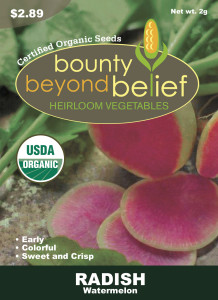Growing for Chickens
What to grow for your chickens
By Sandy Swegel
Reading our Facebook posts lately on how yummy eggs from backyard chickens are got me thinking about what makes homegrown eggs taste so much better than store eggs.
A varied diet helps a lot. Commercial chickens pretty much get a straight corn-based diet with vitamins and minerals added in. Happy home chickens can still eat commercial food, but they usually get lots of food scraps too. That’s when the eggs start tasting better. When the chickens get lots of protein like bugs and worms, that’s when the eggs get really good.
Here’s what my chickens love:
Kitchen Scraps
Any and all scraps go to the chicken. Even meat if it is cooked. (The shocking secret I learned about chickens is that their favorite food is chicken….especially the scraps from fried chicken.) Chickens aren’t terribly smart in general, but they are savvy about food. If something is moldy or too full of pungent foods like onions, they just scratch it aside looking for bits of fruit or tomatoes or meat. Their favorite foods are things kids like. Noodles are a big hit. So are cherry tomatoes.
Weeds and Garden Waste
All the crab grass, dandelions, seed heads, dock leaves, grass clippings, etc go into the chicken run. They go for the greens and seeds first and push the other stuff around. Grass is apparently yummier in the Spring than in mid-summer when they just look at me and say “Meh.”
Bugs
This is the best secret to having delicious eggs….lots of proteins especially from living crawling things. All those kitchen scraps and weeds that don’t get eaten get raked into the corner and turn into compost with lots of earthworms. At some point in their random scratching, the chickens figure this out and turn the compost pile with great delight. Somehow plenty of earthworms manage to survive. I throw in extra bugs too: slugs, cabbage worms, box elder bugs, maggots, anything I don’t want in the garden. One other icky-to-think-about critter they really love to eat are mice.
Spent beer grains
Our local breweries put out their spent grains and hops for farmers and gardeners to recycle. These grains are usually a bit fermented which makes the chickens very very happy. The fermentation adds extra nutrition, happy, slightly drunken chickens make delicious eggs.
More greens
My chickens have to stay in a fenced run because of the large number of foxes and coyotes in our area. So I plant food all around the edges of the run so they can reach their heads through the fence to nibble but not actually destroy the plants by pulling them up. Currently growing are comfrey, chard (their favorite, I think they like the salt), kale, and wild grasses and dandelions (they like the flowers).
So plant for your chickens and they will reward you with the best-tasting eggs and lots of entertainment.
Photo credits:
http://www.urbanfoodgarden.org/main/composting/composting—compost-bins-in-chicken-run.htm





